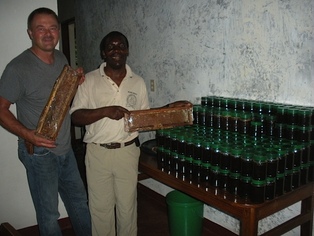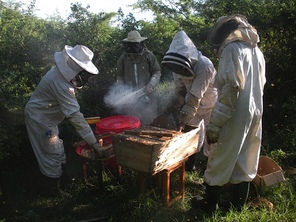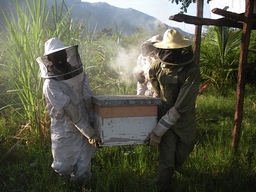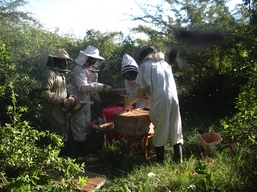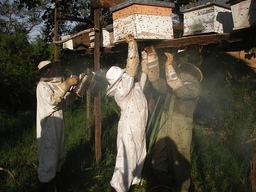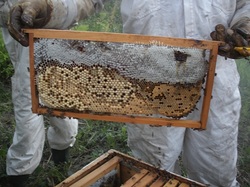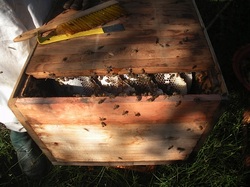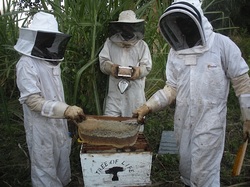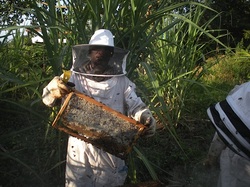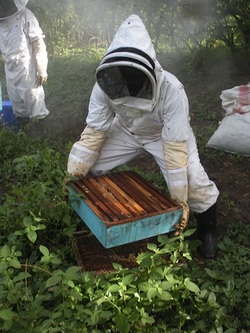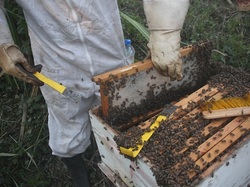Lyanza Village - December 2012
Efforts at diversifying agriculturalists’ income in East Africa continues to be a major thrust for various organizations and churches seeking to impact the lives of those living here. One excellent way to impact people with access to forest and bush is through beekeeping. We have been working with several organizations in Tanzania and Kenya over the past eight years and "Tree of Life," an NGO located in Rukwa Valley, SW Tanzania, is one of the best we
have had the good fortune to partner with.
have had the good fortune to partner with.
Thank you for taking time to read our update on the Lyanza village harvest here at Africanbeekeeping.com. We wish you happy beekeeping wherever you are in Africa! Please feel free to comment on our "comment page." I will get right back to you about questions or comments you make regarding beekeeping on this great continent!
Ted Rabenold
Ted Rabenold
